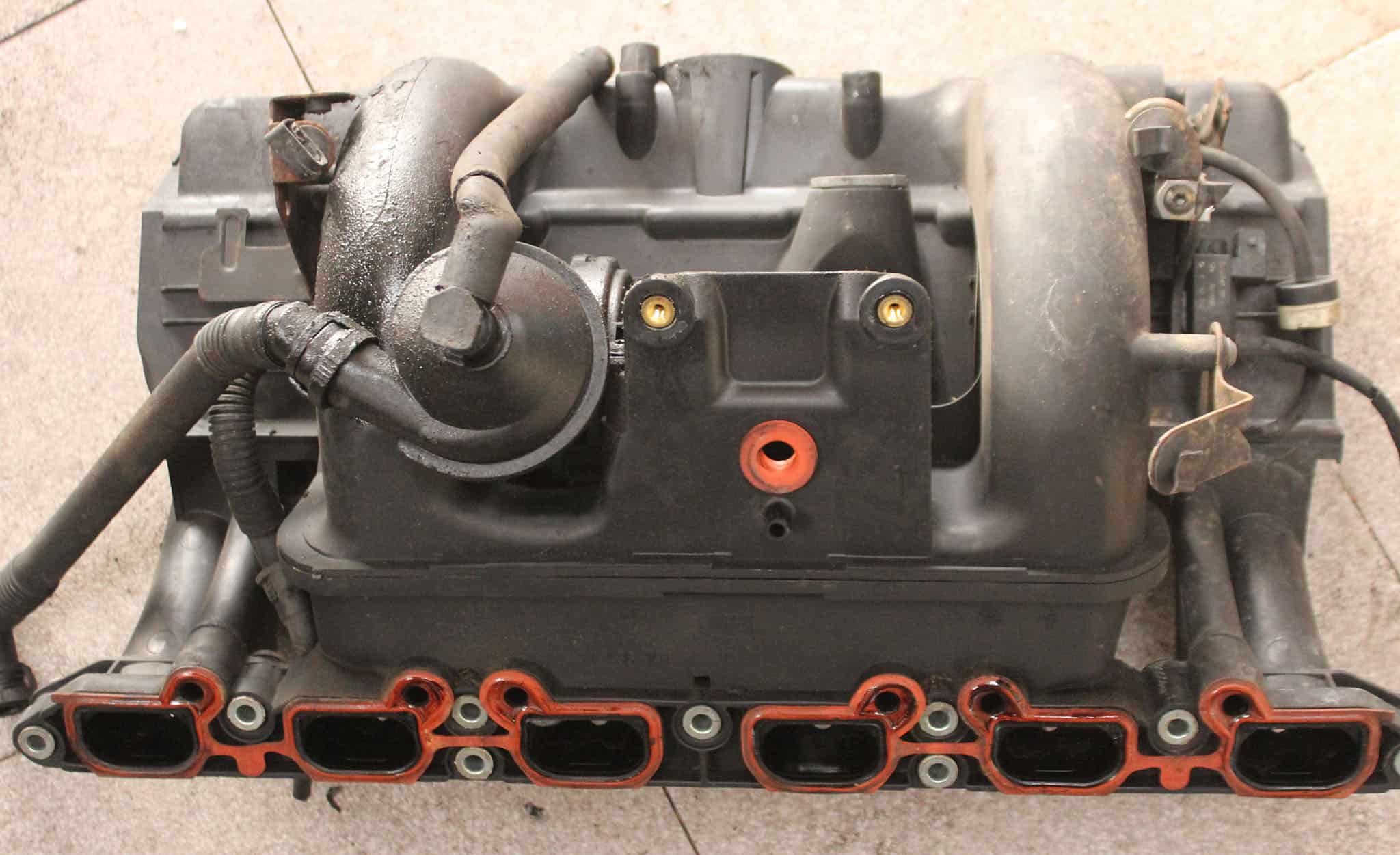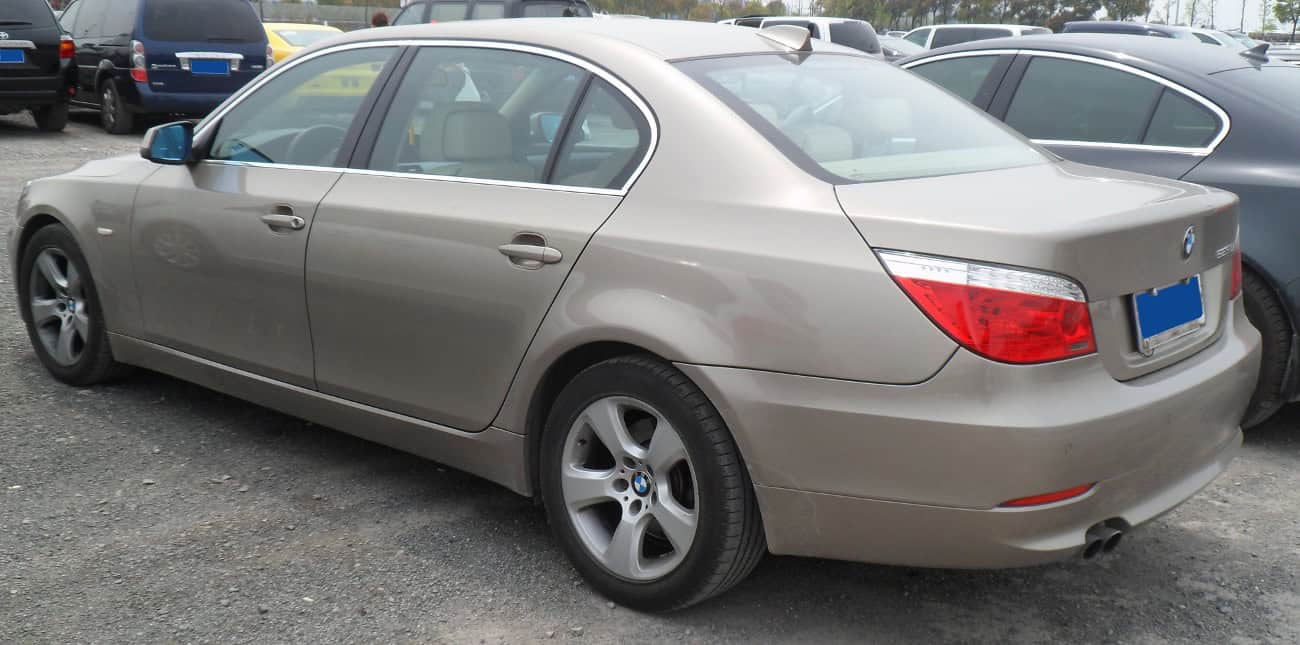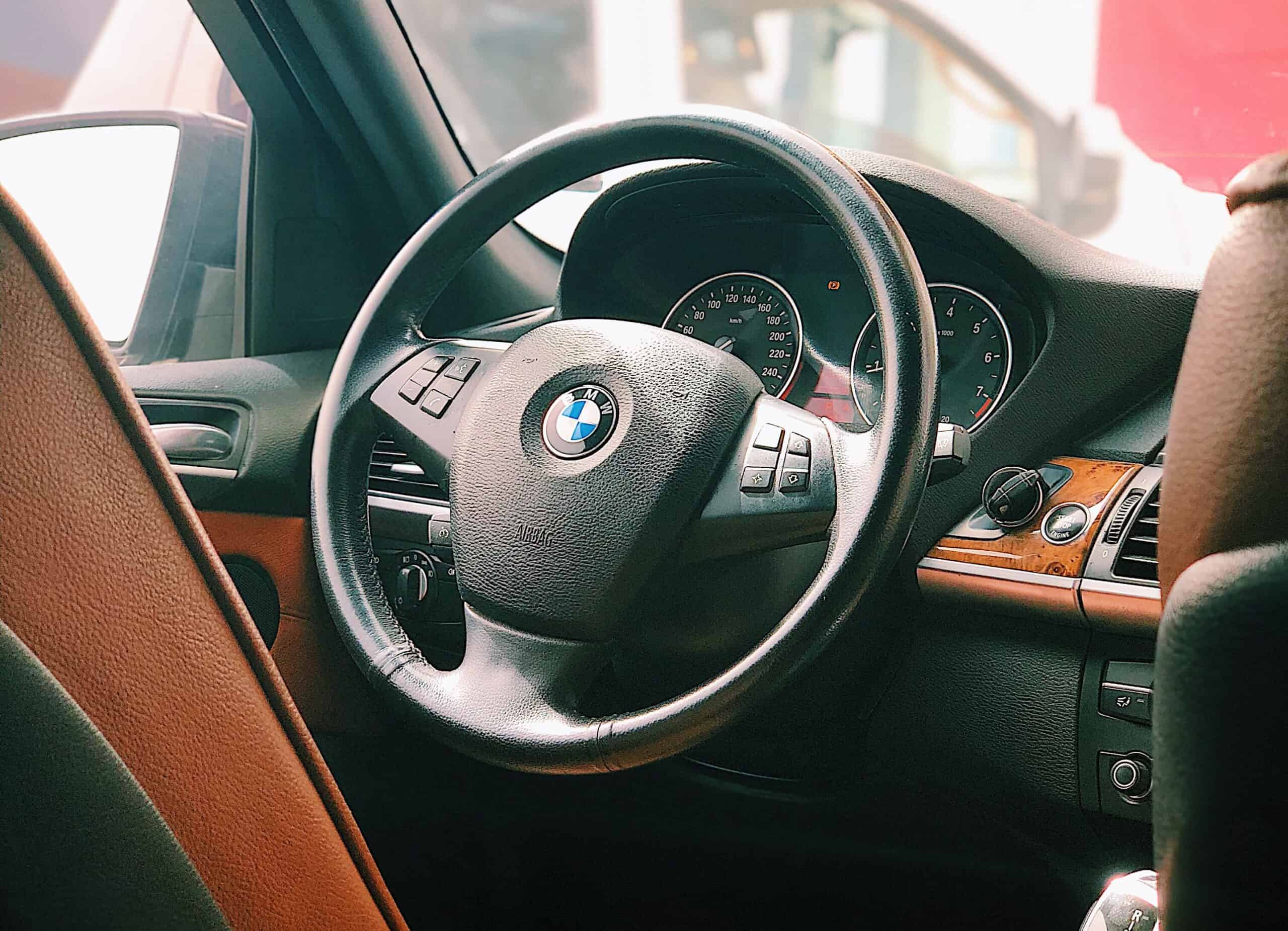Breaking flaps in the intake manifold in BMW – how to fix it?
BMW driver question
I service my car only at your place and appreciate your professionalism and approach to the customer. Recently, I have read on various forums about flaps breaking off in the intake manifold and looked at pictures of what havoc they wreak on the engine. From what they write, they break off even in new manifolds. I’m thinking about removing them from the manifold and driving without them.
But on the other hand, from what I gather, the DPF can quickly become clogged and the car is weaker at the lower RPM limit (up to 2000) after removal. When I was at your place for replacing thermostats and glow plugs, the mechanic said that the flaps are clean and look good, but there are people who claim that such flaps also break off (material fatigue).
What is your advice? Buy a new manifold? I have no guarantee that they won’t break off in a new one. Or remove them and drive without them? After what mileage should the manifold be replaced? What experience do you have with these flaps as a service technician?
I would very much appreciate an answer.
The problem was with a 2004 BMW E60 530d, but it may also occur in other models.

BM Cars service response
The described problem with flaps breaking off is completely unnecessarily publicized and blown on Internet forums.
According to BMW AG, this is not a phenomenon occurring on a significant scale that would need to be covered by a Technical Action. It affects a very small percentage of BMW car users and occurs most often in areas where there is a lack of quality maintenance and unauthorized consumables are used, such as semi-synthetic or mineral oil.
The design of the manifold with control of the amount of charged air, i.e. with so-called flaps, was introduced into production many years ago and is still used in new generations of BMW engines. It gives the engine a high degree of operating flexibility and allows it to achieve the right power in the low rpm range.
The removal of the flaps, which is often practiced in our country, always causes problems with the sealing of the manifold where the flap axle is seated, generates a large number of errors (in the computer) during operation, can cause difficulties in starting a cold engine and increase fuel consumption.
In accordance with BMW AG’s recommendations, the condition of the intake system – the intake system – is inspected during maintenance activities (inspection or, in newer models, Periodic Vehicle Inspection). If oil leaks into the intake system are found, it is recommended to periodically clean the intake (manifold, air charge cooler, hoses) combined with replacement of the scavenging filter and inspection of the condition of the turbocharger.
It is also not allowed to operate BMW engines with semi-synthetic 10W/40 or mineral oil. Which is very often “recommended” on forums for engines with significant mileage.
Performing the above-mentioned activities on a regular basis prevents the deposition of oil and exhaust deposits and protects against the so-called “flopping” of overloaded and clad flaps.
We invite you to continue to use our service.

Other BMW tips related to the topic at hand
- Strange engine smell and leaking oil pan in BMW – how to fix?
- High oil consumption in BMW – what is the reason and what is the norm?
- Short-circuit to ground error and boost deficiencies in BMW – how to fix?

Read more tips and ask your own question



